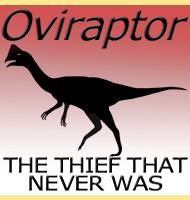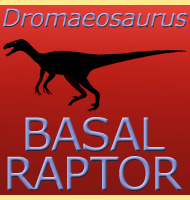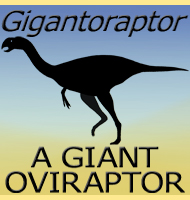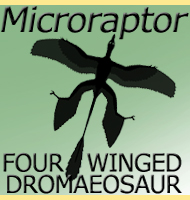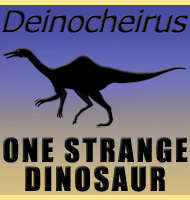


Velociraptor
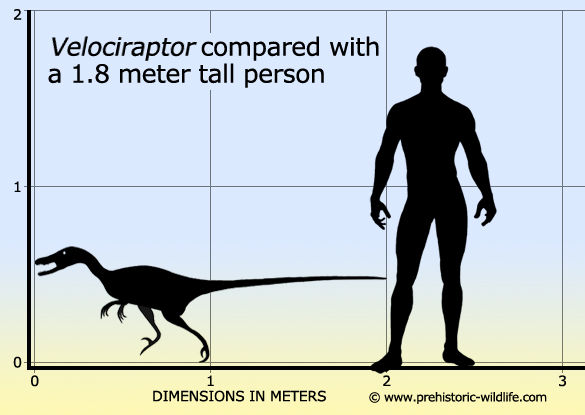
Name: Velociraptor
(Swift seizer).
Phonetic: Vell-oss-e-rap-tor.
Named By: Henry Fairfield Osborn - 1924.
Classification: Chordata, Reptilia, Dinosauria,
Saurischia Theropoda Tetanurae Coelurosauria Dromaeosauridae.
Species: V. mongoliensis
(type), V.
osmolskae.
Type: Carnivore.
Size: 2 meters long.
Known locations: Mongolia, Barun Goyot Formation,
Djadochta Formation.
Time period: Campanian of the Cretaceous.
Fossil representation: Many fossilised skeletons.
The
overall appearance of Velociraptor was that of a
lightweight bipedal
hunter built for speed, though differed from most other known
dromaeosaurid
dinosaurs by having
an upturned snout at the front of a long, low skull. The skull was
filled with small teeth, suitable for taking meat off a carcass,
but
not for killing. Instead of a ‘killing bite’, Velociraptor
would instead utilise the enlarged sickle shaped claws that it had on
the second toe of each foot. The hands of Velociraptor
were large and suitable for
grabbing onto prey. The tail had a special series of tendons that
kept it stiffened and erect, providing a crucial form of balance when
running and manoeuvring at speed. Examination of the scleral rings
has drawn comparison with modern birds that are nocturnal, also
hinting at
a nocturnal lifestyle for Velociraptor.
Velociraptor
is one of the dinosaurs that without question had feathers. Evidence
for this comes from the quill knobs on the fossil material,
particularly the forearms. These are where feathers were anchored in
place, and without feathers there would be no quill knobs (although
on the other hand, lack of quill knobs does not mean lack of
feathers). The feathers on Velociraptor would
have provided
insulation allowing it to maintain a high metabolism, a vital
requirement for a very agile and active hunter. Also Velociraptor
lived in a fairly arid landscape and the feathers would have provided
extra protection against the cold nights that are often associated with
arid environments. A further idea is that the feathers may have also
served a display purpose.
The
claw seems to have been used in a stabbing motion as opposed to the
much popularised slashing motion. While sharp at the point, it is
not particularly sharp along the inner curve as you might expect for a
‘slashing’ weapon. Further, analysis of a fossil discovered in
1971 that shows a Velociraptor locked in combat
with a
Protoceratops,
suggests that the claw was being
used to stab at the
neck. This is a very intelligent place to strike with a small weapon
as you would have both the carotid artery and Jugular veins
transporting a key blood supply between the heart and brain. All
Velociraptor would have to do is stab any one, and
the Protoceratops
would have been dead within minutes.
Velociraptor
is the best known of the dromaeosaurids with the largest number of
complete skeletons recovered. Velociraptor entered
popular culture in a big way in the 1993 blockbuster movie Jurassic
park, as well as subsequent sequels. The Velociraptor
dinosaurs in these films are actually not accurate to the fossils and
are instead more closely modelled on related dinosaurs such as
Deinonychus.
Further reading
- Three new Theropoda, Protoceratops zone, central
Mongolia. - American
Museum Novitates. 144: 1–12. - Henry F. Osborn - 1924a.
- Important features of the dromaeosaur skeleton: information from a
new specimen. - American Museum Novitates. 3215: 1–28. - Mark A. Norell
& Peter J. Makovicky - 1997.
- Important features of the dromaeosaurid skeleton II: information from
newly collected specimens of Velociraptor mongoliensis.
- American
Museum Novitates. 3282: 1–45. - Mark A. Norell & Peter J.
Makovicky - 1999.
- The skull of Velociraptor (Theropoda) from the
Late Cretaceous of
Mongolia. - Acta Palaeontologica Polonica. 44 (2): 189–219. - Rinchen
Barsbold & Halszka Osm�lska - 1999.
- Feather quill knobs in the dinosaur Velociraptor.
- Science. 317
(5845): 1721. - A. H. Turner, P. J. Makovicky & M. A. Norell -
2007.
- A new species of Velociraptor (Dinosauria:
Dromaeosauridae) from the
Upper Cretaceous of northern China. - Journal of Vertebrate
Paleontology. 28 (2): 432–438. - Pascal Godefroit, Philip J. Currie,
Hong Li, Chang Yong Shang - 2008.
- New evidence for a trophic relationship between the dinosaurs
Velociraptor and Protoceratops. - Palaeogeography, Palaeoclimatology,
Palaeoecology. 291 (3–4): 488–492. - David Hone, Jonah Choiniere,
Corwin Sullivan, Xing Xu, Michael Pittman & Qingwei Tan - 2010.
- The endocranium and trophic ecology of Velociraptor
mongoliensis. -
Journal of Anatomy. 237 (5): 861–869. - J. Logan King, Justin S. Sipla,
Justin A. Georgi, Amy M. Balanoff & James M. Neenan - 2020.
Random favourites
 |
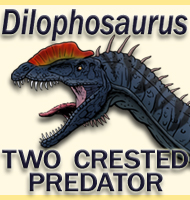 |
 |
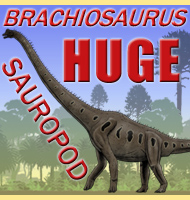 |
